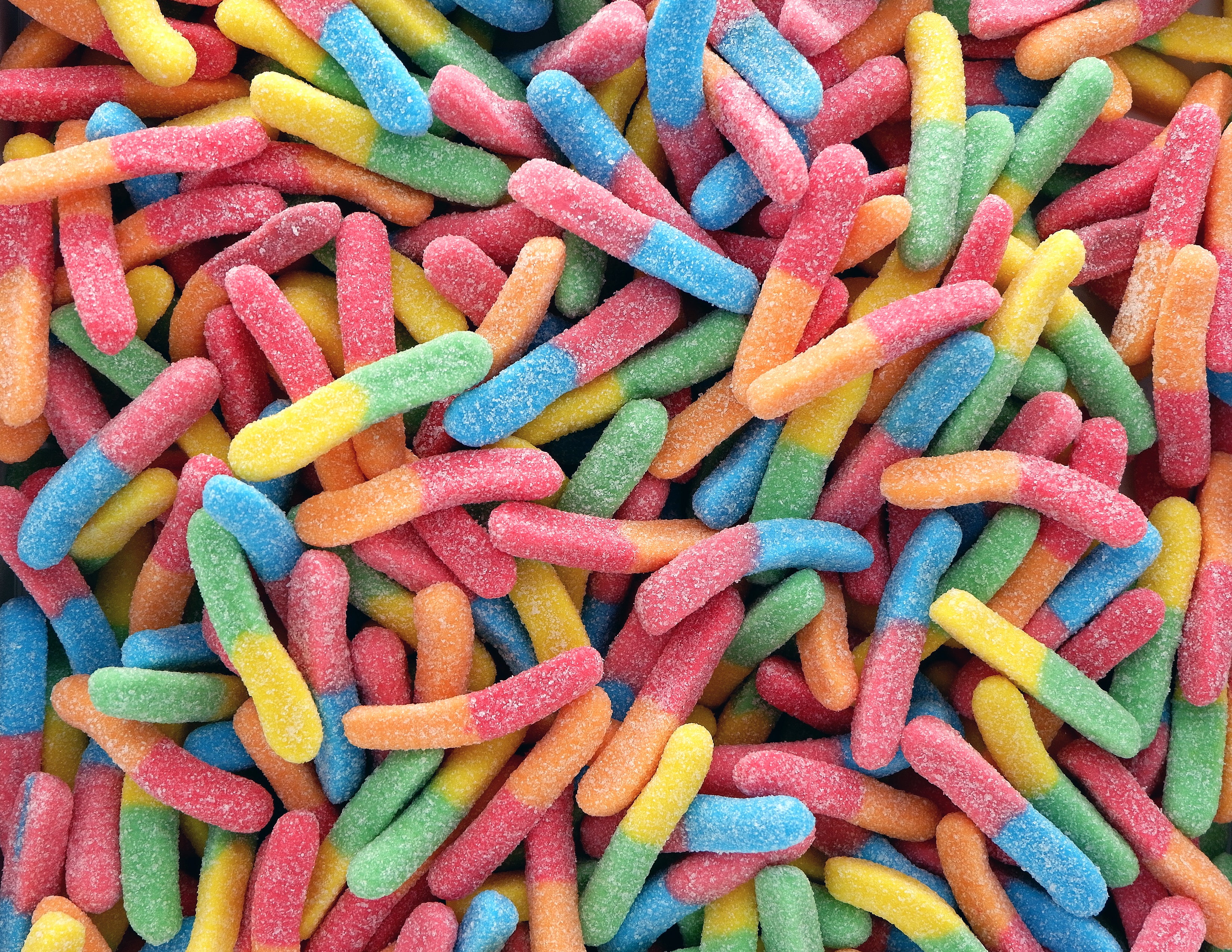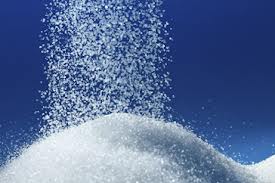Post from guest blogger, Jenny Arthur BA (Hons) MSc RNutr, Nutrition and Marketing Consultant.
Sugary foods are close to most people’s hearts, including mine, and maybe we are all psychologically addicted to sugar? Babies are born to like sweet tastes, so are we pre-disposed to liking sugary foods? When you think about it most people will usually indulge on chocolate, sweets or alcohol, though I have a crisp muncher in my house!
Following the almost constant media attention on sugar over the last few months and with little or no distinction between sugars added to foods and naturally occurring sugars. In addition to little reference to realistic portion sizes when comparing the sugar content of foods. Only last week, the repeated call for a sugar tax in the UK and the World Health Organisation’s draft recommendation to ideally halve the current 10% guideline for sugar to about 25g or 6 teaspoons of sugar/day. It is no wonder people are confused about what they should be eating!
What are the different types of sugar?
One of the big unanswered questions is where does the sugar come from, naturally occurring or added? To put it simply, sugars naturally found in foods are fructose in fruit and lactose in milk and added sugar is the white stuff put in tea or on cereal. The sugar that is added to foods, usually processed foods, is the one to avoid and eat less of.
Sugar is made from processing sugar beet or sugar cane, and in nature sugar is usually found with fibre, nutrients and diluted with water, making foods nutrient dense. In processed foods sugar is added without the accompanying nutrients. Also, sugar added to food can appear on the label as syrup sugar, dextrose, honey, treacle, molasses, corn syrup and fruit juice concentrates adding to the confusion.
There have been moves to start to make a distinction between the different types of sugar. The World Health Organisation last week in its draft guidance for consultation talks about ‘free sugars’ that are added to foods and naturally occurring sugars in fruit juice. The US is also proposing to include an ‘added sugar’ line to its food labelling; however this is still at the consultation stage. In the UK, the scientists talk about intrinsic sugars (sugars found in plant cell walls) and extrinsic sugars (sugars found in milk and the rather lovely term – non milk extrinsic sugars – the white stuff and very confusingly fruit juice, as the sugars are not found with fibre in plant cell walls). The term non milk extrinsic sugars is not very user friendly and needs more explanation! So maybe the tide is very slowly turning, but it will take a while.
The consumer
I am a strong believer that the consumer has a part to play in driving demand for lower sugar products, the food industry only make foods consumers want to buy, otherwise they are delisted. Awareness of the different types of sugar is key. Now more than ever is a time when companies are listening through social media and keen to find out what consumers think and want.
However, if companies are going to make lower sugar products consumers need to buy them! It’s all about demand and supply. As I have said before what consumers say they want and what they actually want can be two very different propositions, particularly when it comes to eating more healthily.
Healthier ingredients
Sugar needs to be put in context and more focus paid on using healthier ingredients like fruits, nuts and seeds, whole grains, and lower fat dairy foods. It’s time to stop picking on individual macronutrients to demonise and start looking at the bigger picture.
Watch out for my Top Tips on healthier ingredients.
First posted 15 March 2014.
Visit Jenny Arthur's website for information on nutrition and market trends, nutrition and health strategy, product and recipe development, and consumer communications.
Photo by Sylvanus Urban on Unsplash



